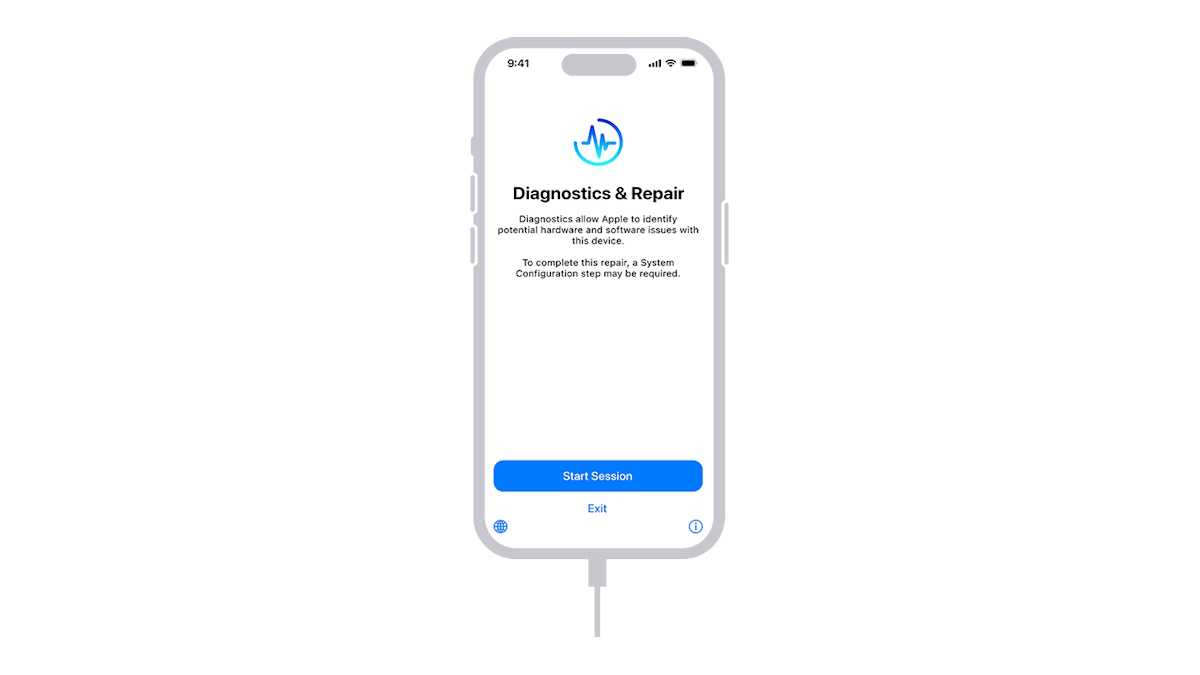
TL;DR
- Apple is expanding its Self Service Repair program to the iPhone 15 series and the M2 lineup of Macs and Macbooks.
- The company is also opening up access to its Diagnostics tool to users in the US.
- Diagnostics access is promised to extend to Europe next year.
Apple runs a Self Service Repair program allowing enthusiasts to repair their own iPhones. There are some quirks to the program, appreciate Apple insisting on shipping a returnable suitcase full of repair equipment for the process, but it’s still a decent step towards the right to repair. Apple is now expanding the Self Service Repair program to include the new iPhone 15 series and M2 lineup-powered Macs and Macbooks, expanding it to more European countries and making the Apple Diagnostics tool available in the US.
Apple Self Service Repair expands to the iPhone 15 series and more
Apple has announced that it is expanding Self Service Repair to include these devices:
- iPhone 15 series
- M2 lineup-powered 14-inch and 16-inch MacBook Pro
- M2 lineup-powered 15-inch MacBook Air
- M2 lineup-powered Mac mini
- M2 lineup-powered Mac Pro
- M2 lineup-powered Mac Studio
encourage, the program is expanding into 24 additional European countries, including Croatia, Denmark, Greece, Netherlands, Portugal, and Switzerland.
Apple Diagnostics for Self Service Repair is now available in the US
Apple’s Authorized Service Providers use a remote diagnostic tool to check devices for optimal part functionality and performance and acknowledge which parts need repair. The company is opening up this tool to enthusiast users in the US and promising a rollout in Europe for next year.
This tool runs a set of diagnostic tests that help isolate issues on the iPhone, letting the repair person figure out if a part needs replacing. It also helps verify if a repair has been successfully completed.
The assess suite includes the following tests:
- Mobile Resource Inspector: Checks the device’s software version and checks for the presence of various hardware components.
- Display Pixel Anomalies
- Multi-touch
- Camera Image Quality
- Face ID
- Audio Output
Note that iPhones running iOS betas are not supported by the tool. You also need a secondary device from which to run the tool. This could be an iPhone, a Mac, or a PC (the assess is browser-based). The iPhone to be tested also needs to have a Wi-Fi connection, while the secondary device needs an internet connection through any means.

